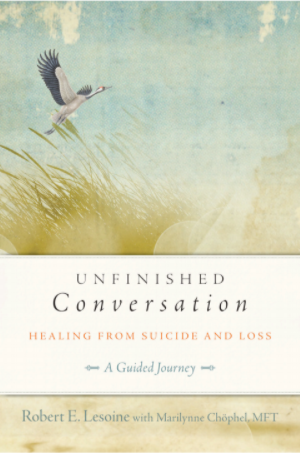Breathing Practices
When you bring your awareness to your breathing experience, it creates a powerful mind-body partnership in a few seconds. Allow the breath to flow gently and evenly, and breathe in a way that communicates ease, comfort, and wellbeing. After each practice, return to natural resting breaths and notice pleasurable sensations throughout your body. If you find something in your body that represents fatigue, stress, or tension, gently explore its edges.
- Soft Belly Breathing: Place hand on diaphragm – just below the belly button. Inhale, and press down gently. Exhale, and let it go.
(Or… Inhale, feel the hand rise. Exhale, feel the hand fall as you let go.) - Calming Breath: Place hand on diaphragm and hand on chest. Inhale, and fill area under bottom hand, then fill under upper hand. Exhale, and let it all go.
- 4-Part Breathing: Place hand on belly. Inhale, pause. Exhale, pause.
- Notice which side of your body feels more comfortable and which side feels less comfortable – side-to-side, front-to-back, top-to-bottom, or a part or region. Inhale up the side that is more comfortable, and exhale down the side that is less comfortable. Feel the breath cross over.
Examples:
Inhale up the right side of your body, and exhale down the left side of your body.
Inhale up both sides of the body, and exhale down the center core. - Pendulum Breath: Find an area of stress or tension in your body. Find a part of the body that feels or seems furthest away from the stress/tension, or the most different. Inhale into the relative comfort. As you exhale, focus on the area of stress/tension/discomfort and let
it all go. - Purifying Breath: Imagine around you is an energy field. Be aware of that energy surrounding your body, just beyond your skin. Notice what the quality of the energy is – its color, light, healing presence, hear a sound, a vibration. As you inhale, some of that healing energy comes in to your body. Each time you inhale, bring a little more of that healing energy into your body. As you exhale, send that healing energy somewhere needed in your body.
Bring awareness through your body and notice any changes in the fatigue, stress, or tension. Gently explore these sensations.
~ Adapted from practices by Maggie Phillips, Ph.D., author of Reversing Chronic Pain ~
Breath Practice CDs
Breathing practice directs and regulates the breath, thus directly affecting your life force energy. Practices explore inhalation, exhalation, and retention of the breath. As you learn to steady, relax, and extend the breath, the respiratory system is strengthened, the nervous system soothed, and the mind becomes more focused and clear.
Note: Always breathe in ways that communicates ease, comfort and wellbeing. Deeply relax your body and take resting breaths between cycles whenever necessary, as you explore new ways of breathing. Begin with short practice sessions, and increase as you integrate and feel more at ease
with the practices.
Follow Your Breath: A Foundational Technique
Instruction and guided practices.
Sharon Salzberg www.sharonsalzberg.com
Freeing the Breath: Health, Relaxation, and Clarity Through Better Breathing
Instruction and guided practices.
Leslie Kaminoff www.breathingproject.org
The Wisdom of the Breath: Three Guided Meditations for Calming the Mind and Cultivating Insight
Instruction and guided practice.
Bodhipaksa www.wildmind.org
Breath Sounds: Measured Music for Breathing
Light Transitions Tapes for practicing breathing relaxation at a gentle relaxed pace with music.
Sandra Summerfield-Kozak www.internationalyogastudies.com
Quantum Light Breath: Dynamic Breath Meditation
Explore your breath as a transformative tool, with music. www.quantumlightbreath.com



